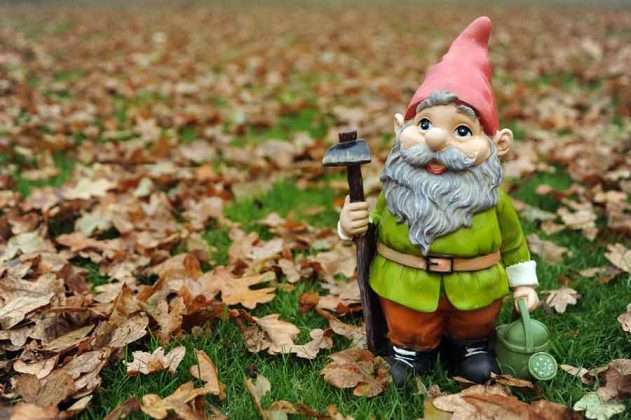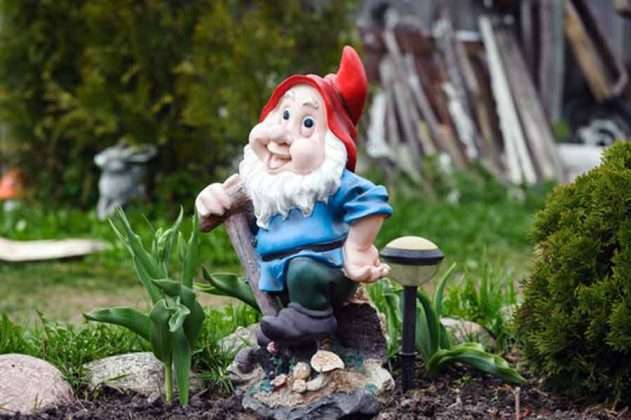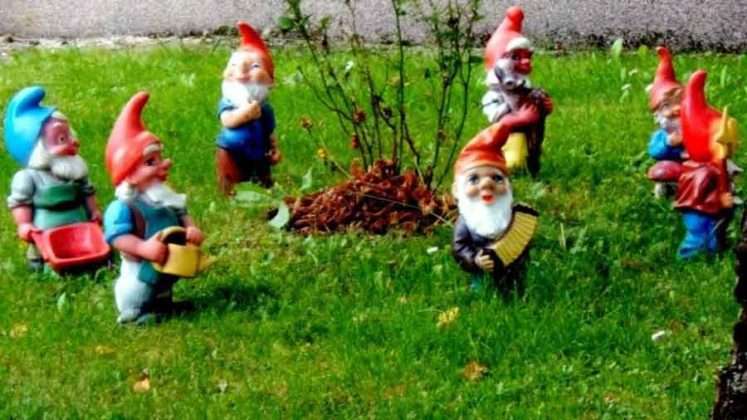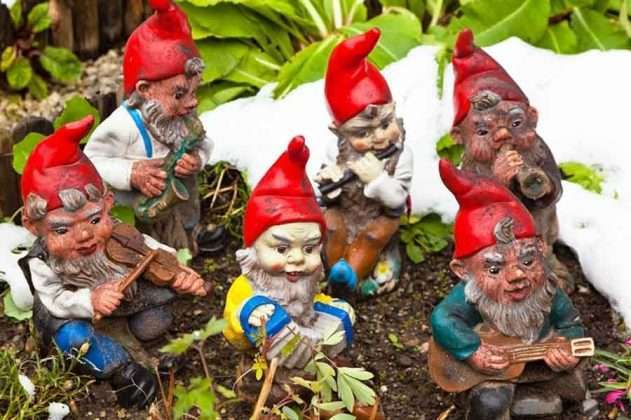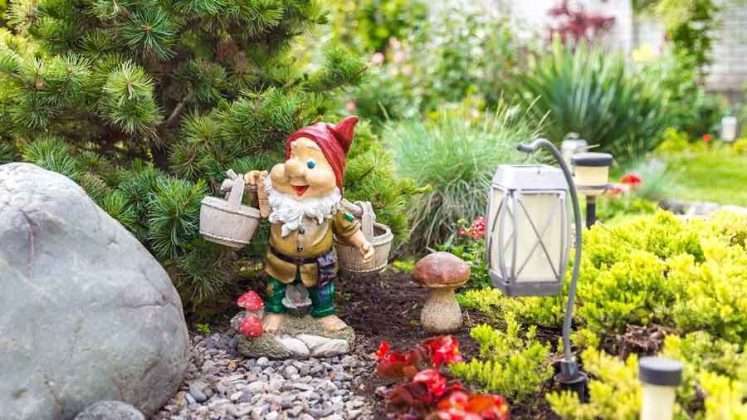Garden Gnomes
Introduction: A garden gnome (also known as a lawn gnome) is a tiny humanoid entity that wears a giant, sharp pointed red hat and is used to decorate green spaces or gardens.
Also Read:
- 5 Inventions: Remote Control, Wall Clock, Plastic, Fan & Typewriter
- THE HISTORY OF CAMERA
- History of Cyclones
- India, the Land of Faith
- HANDICRAFTS OF INDIA
Table of Contents
History of Gnomes:
Gnomes are thought to safeguard the landlord from evil. The action figures were first seen in Germany in the nineteenth century and were known as Gartenzwerg, which equates to “garden dwarf.” The English term “gnome” did not appear until about the 1930s. Garden gnomes come in a variety of shapes and sizes.
They can be found in various roles and are formed of a wide range of materials.Phillip Griebel formed the first gnomes as we understand them today in the 1870s. However, gnomes were first seen in the 1960s, but their presence was rather different, less whimsical and more mystical.
Looks & Shapes of Gnomes:
The gnomes are traditionally masculine dwarfs with long, bushy white beards and towering, sharp pointed red hats. They could be smoking (or carrying) a pipe. They are observed in an assortment of positions, including standing, lying on the ground, seated, and so on, and they are involved in a variety of actions (fishing, napping, etc.). Garden gnomes are available in wood, porcelain, ceramic, and terra cotta.
Increasing Popularity:
Garden gnomes have a rich history in Europe, and they’ve even found their way into American pop culture, where they’ve become quite popular. They can now be found everywhere and, from the garden next door to the backyard of the world. Garden centerpieces, particularly monuments, have been popular in Europe since the Enlightenment.
It was thought that all these small, human-like creatures would protect the owner from sin. The monuments only illustrated Gobbi in 1616. (An Italian hunchback). Porcelain “house dwarfs” were formed and mass-produced by the late 18th century (at this time, Switzerland was also producing wooden statues of dwarfs and gnomes, as well)
Designing & Manufacturing:
They have been designed and produced, obtained, and shared for generations, but according to online sources, the “title of manufacturer of the first garden gnome is fiercely contested.” It is feasible that their initial manufacturer was Baehr and Maresch of Dresden in 1841, whenever these initial gnomes were generated. Nevertheless, there is substantiation that they were being manufactured in a variety of nations as close to the start as 1860.
Even though gnomes first appeared on the recreational image in the nineteenth century, small manufacturers have sprouted up everywhere around Germany. Their production has scattered throughout Germany, and each manufacturer has their own distinct design and aesthetic. Since before the nineteenth century, Germany was the initial (or one of the first) nations to manufacture and create gnomes for collectors. They were extremely well-liked in Germany (there are an estimated 25 million gnomes spread across German lawns).
Essential Part of Western Culture:
Gnomes are also known to be an essential part of Eastern and Western European cultural context, and were even depicted in the Grimm brothers’ stories. Garden gnomes were first introduced to the United Kingdom in 1847, when Sir Charles Isham returned from a weekend getaway in Germany with 21 terra cotta action figures, which he displayed in his apartment and garden.
They have recently made a comeback in the United States and Western Europe. They’ve appeared in movies, television shows, advertisements, booklets, among other places. Garden gnomes can now be found on the lawns and yards of people all over the world. Their popularity has increased now.
Practical Jokes:
Practical jokes have even been developed all around theft of lawn gnomes (most commonly referred to as gnoming). A few little people have even started traveling the world collecting (stealing) gnomes from various lawns.
International Gnome Day:
Garden gnomes even celebrate their own vacation, International Gnome Day, which is observed on June 21st by over an expose itself to different types.
Conclusion:
Garden gnomes have a distinctive, big, intriguing, and perhaps even whimsical background. They may remain widely known and will most likely live in people’s yards for many years to come. Countless stories claimed that gnomes might move through the soil but only at night since they would turn to stone in the brightness of day.
The small sculptures we are using presently are most probably derived from this section of the story. According to the history of garden gnomes, the name derives from the Latin word genomes, which means “earth dweller.” This lends credence to the classical tales of gnomes as garden helpers who awaken at night to aid with garden duties.



























